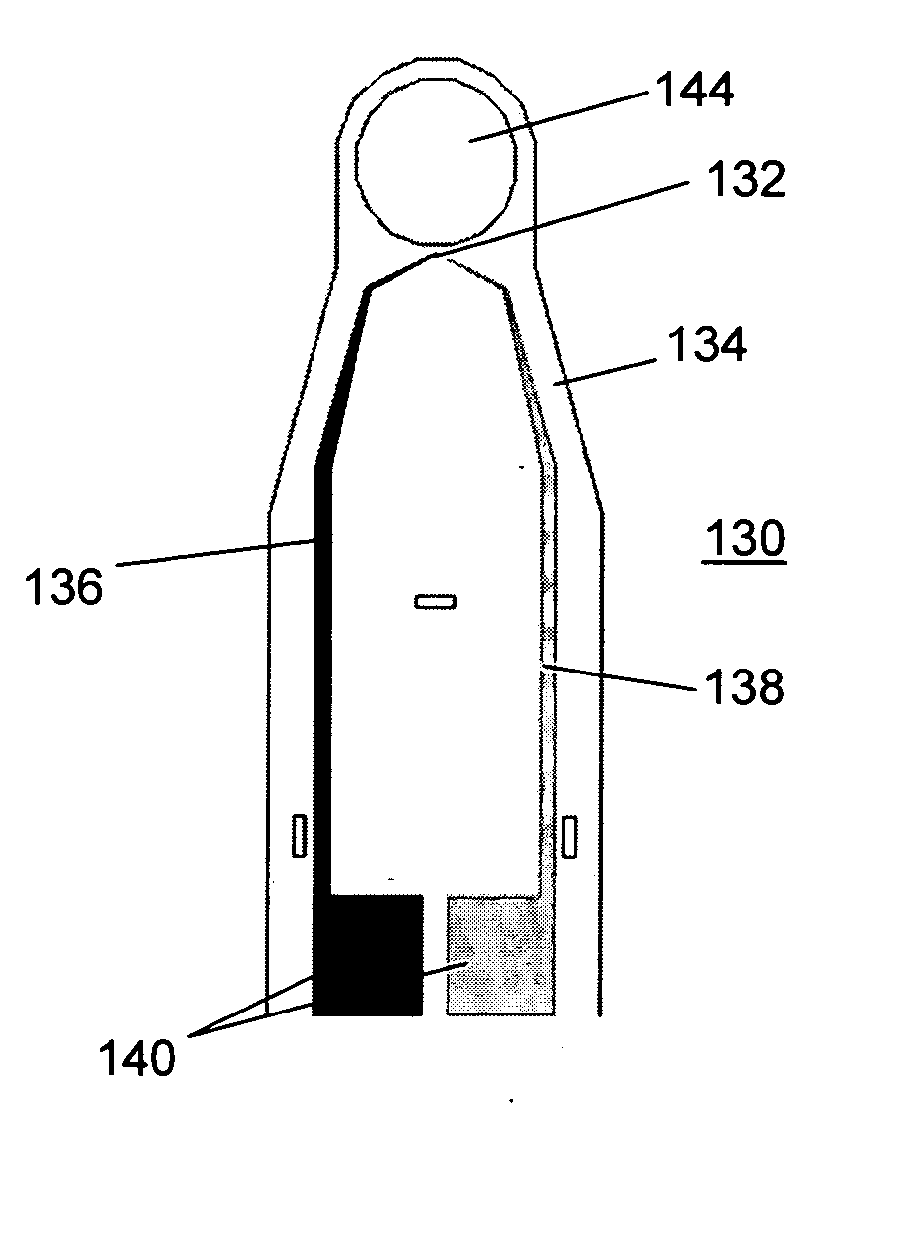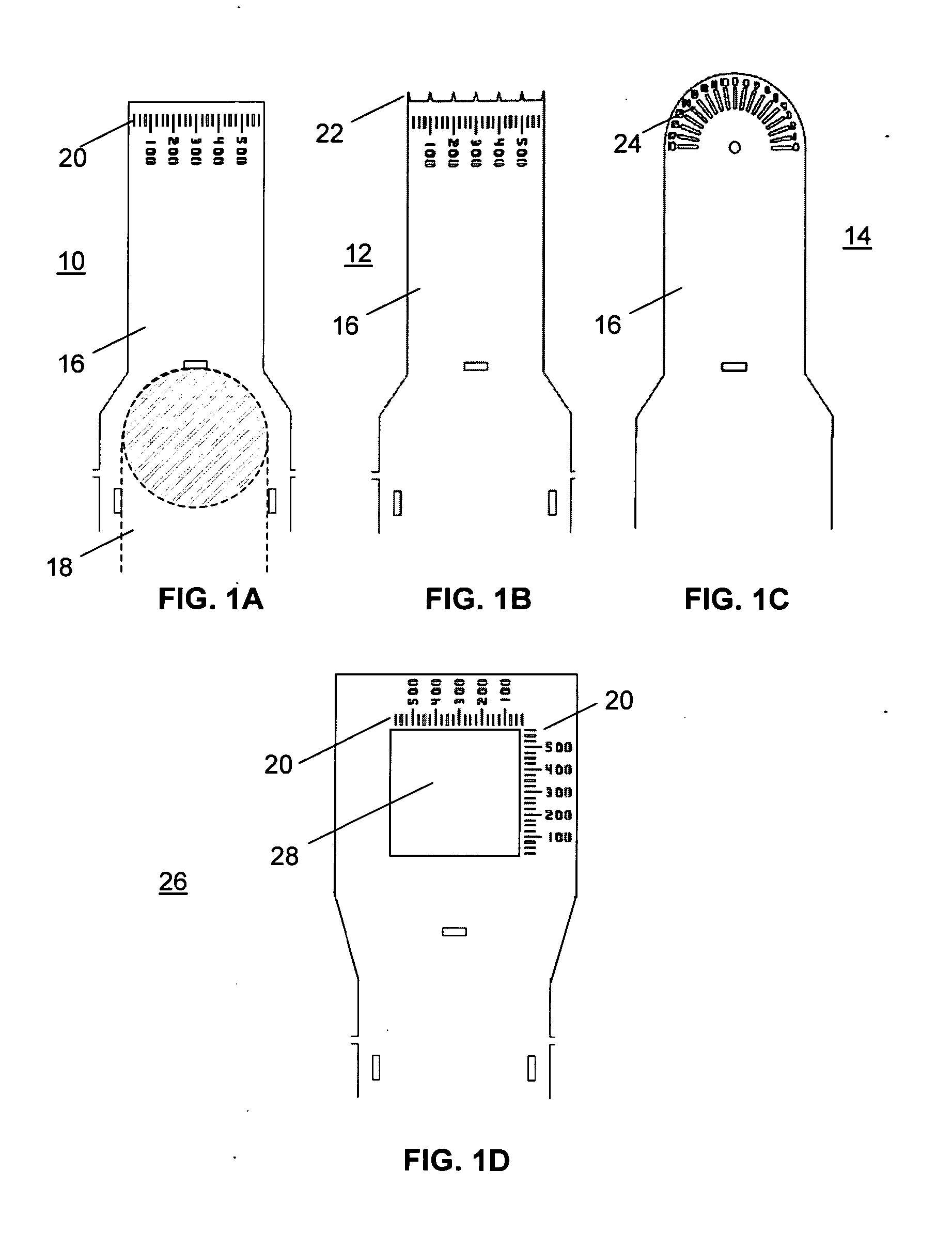Microfabricated tools for manipulation of small samples
- Summary
- Abstract
- Description
- Claims
- Application Information
AI Technical Summary
Benefits of technology
Problems solved by technology
Method used
Image
Examples
Embodiment Construction
[0025] With reference now to a more detailed consideration of the various preferred embodiments of the present invention, fundamental to each of the microfabricated tool designs is that each is formed from thin film pieces, which are preferably, though not necessarily, wrapped around a cylindrical post. In the tools that use the cylindrical post, horizontal and vertical slits in the lower portion of the films define the positions of the top and sides of the cylindrical post. Preferably, the films are formed from a polymer (plastic), such as polyimide or mylar, which is 5-50 micrometers thick, preferably 10 micrometers, has a very soft spring constant and is less likely to damage fragile samples than, e.g., metal tools. The thinness allows the tip to be easily flattened against a hard substrate, e.g., a glass or plastic surface during measurements. The films have lateral dimensions 1 mm or smaller and are preferably produced by microfabrication methods. In addition, the films are pre...
PUM
 Login to View More
Login to View More Abstract
Description
Claims
Application Information
 Login to View More
Login to View More - R&D
- Intellectual Property
- Life Sciences
- Materials
- Tech Scout
- Unparalleled Data Quality
- Higher Quality Content
- 60% Fewer Hallucinations
Browse by: Latest US Patents, China's latest patents, Technical Efficacy Thesaurus, Application Domain, Technology Topic, Popular Technical Reports.
© 2025 PatSnap. All rights reserved.Legal|Privacy policy|Modern Slavery Act Transparency Statement|Sitemap|About US| Contact US: help@patsnap.com



